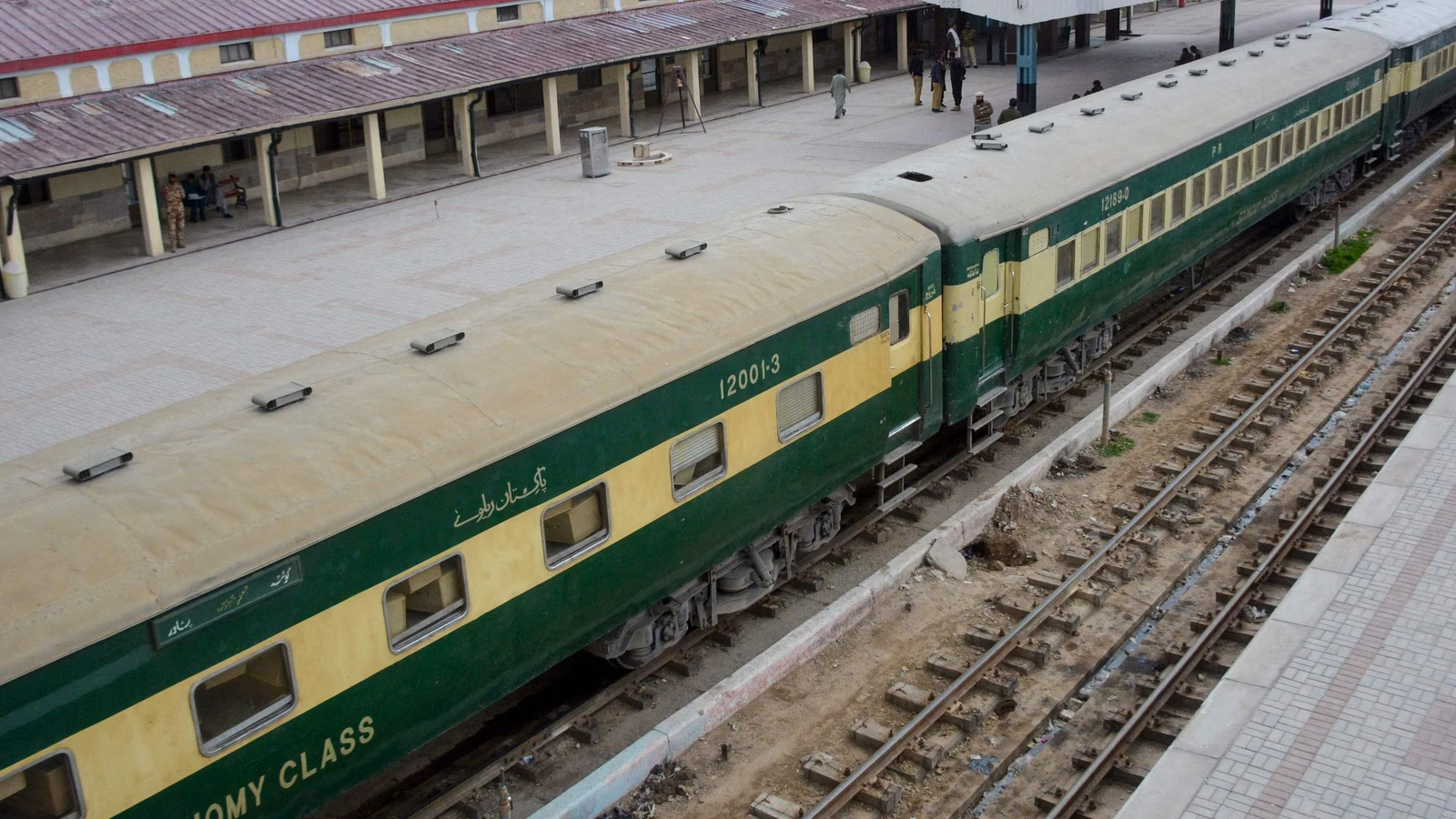The monsoon season has once again brought a wave of destruction to Pakistan’s Punjab province, as torrential rains over the past 24 hours have resulted in a devastating Punjab rain tragedy, leaving at least nine people dead and 92 others injured. The widespread incidents, ranging from roof collapses to electrocutions, have highlighted the urgent need for enhanced infrastructure resilience and disaster preparedness in the region.
The Provincial Disaster Management Authority (PDMA) and other emergency services, including Rescue 1122, have been on high alert, working tirelessly to manage the crisis. However, the sheer scale of the rainfall has overwhelmed several areas, leading to significant disruption and sorrow for many families.
Key Impacts and Affected Areas in the Punjab Rain Tragedy
The impact of this Punjab rain tragedy has been felt across numerous districts, with varying degrees of casualties and damage. Key affected areas and their reported incidents include:
- Bahawalnagar: This district witnessed a particularly heart-wrenching outcome, with three children tragically losing their lives. Additionally, 17 individuals sustained injuries in rain-related incidents.
- Okara: Two teenagers, including a young girl, were among the fatalities here, with 12 others reported injured.
- Lahore: The provincial capital reported three deaths and eight injuries due to the intense downpour. Despite the welcome drop in temperature, the city experienced significant waterlogging and power outages.
- Bhakkar: One person died and three were injured in incidents in this district.
Beyond these major incidents, numerous other districts reported additional injuries, underscoring the widespread nature of this Punjab rain tragedy:
- Pakpattan: 3 injuries
- Sahiwal: 4 injuries
- Faisalabad: 2 injuries
- Muzaffargarh: 2 injuries
- Toba Tek Singh: 4 injuries
- Kasur: 3 injuries
- Dera Ghazi Khan: 2 injuries
- Rajanpur: 1 injury
- Sialkot: 1 injury
- Mianwali: 1 injury
Challenges and Response to the Punjab Rain Tragedy
The heavy rainfall has posed significant operational challenges for authorities. Lahore, in particular, experienced extensive waterlogging in low-lying neighborhoods and major roads, exposing vulnerabilities in its drainage infrastructure. Rainfall measurements varied across the city, with Lakshmi Chowk recording 31mm and Qartaba Chowk 19mm, while other areas like Samanabad and Iqbal Town saw between 10mm and 18.5mm.
The Water and Sanitation Authority (WASA) teams have been actively engaged in draining accumulated water from roads and underpasses. However, the intermittent nature of the downpour and the sheer volume of water have made their task arduous.
Another critical issue arising from the Punjab rain tragedy is widespread power outages. Multiple feeders of the Lahore Electric Supply Company (LESCO) tripped, plunging thousands of residents into darkness and exacerbating the difficulties faced by affected communities.
Lahore’s district administration, under Deputy Commissioner Syed Musa Raza, has responded with a coordinated strategy, deploying teams equipped with machinery to clear water from critical areas. Public advisories have been issued, urging residents to avoid unnecessary travel and stay clear of electric poles and wires, which pose a significant electrocution risk during such conditions.
Looking Ahead: Preparedness Amidst the Punjab Rain Tragedy
The PDMA has forecasted continued cloudy weather and the possibility of heavy rainfall in several cities, including Lahore, over the coming days. Warnings have also been issued regarding potential flooding in rivers and canals, especially in low-lying areas, and the risk of landslides in hilly regions like Murree.
Tourists are advised to exercise extreme caution, and residents of vulnerable areas are urged to take preventive measures and remain vigilant. PDMA Director General Irfan Ali Kathia has instructed local administrations to remain alert, ensuring all necessary personnel and equipment are on standby. He has specifically emphasized that WASA and municipal agencies must prioritize preventing waterlogging in affected areas to minimize further hardship.
This latest Punjab rain tragedy serves as a stark reminder of the devastating power of nature and the ongoing need for robust disaster management strategies. As rescue and relief efforts continue, the focus remains on ensuring the safety of residents and providing timely assistance to those impacted by the relentless monsoon rains.
Discover more from RastriyaSamachar24x7
Subscribe to get the latest posts sent to your email.




